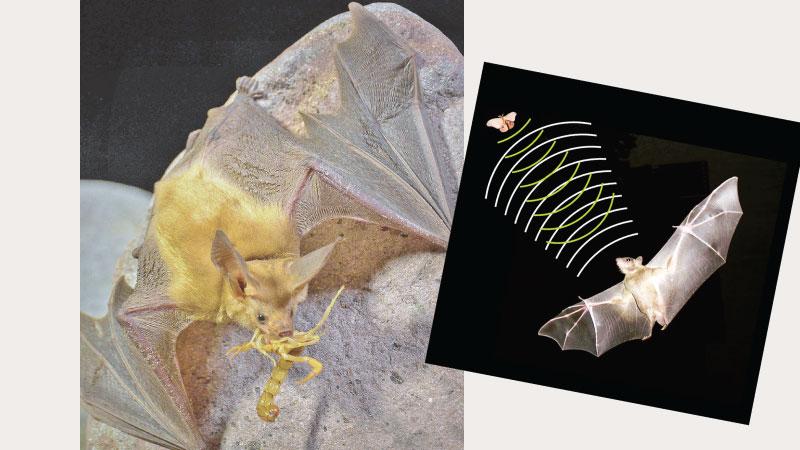
Do bats benefit from wildfires? Did you know that there are more than 1,000 species of bats? They’re also the only mammals that can fly! These amazing animals are well adapted to life in the forest, but what happens when wildfires hit their homes?
We wanted to find out how wildfires in the Sierra Nevada Mountains of California affect bats. We looked at three different areas where there have been large fires and counted how many species of bat we found in those areas. We also looked at how different levels of fire severity affected bats.
Our results showed that wildfires are beneficial to bats. This is mainly because fires make forests less cluttered, which makes it easier for bats to find food and roosting spots.
Instead of preventing all fires, we should manage some fires burning far from people so that there is a mix of severities and bat habitats. This would help bats and also reduce the risk of out-of-control megafires happening in the future!
Introduction
You might have read stories on the news about the devastation that wildfire can cause. But did you know that wildfire can play an important role in nature? In nature, wildfires help to create a mix of habitat types for wildlife. This is called pyrodiversity.
But in the last 100 years, humans have suppressed wildfires to keep them from getting out of control and burning homes and property. This has led to forests becoming very dense, which changes habitat for animals and even changes how future fires will burn.
Bats use forests for foraging (finding food) as well as roosting habitat, both of which are affected by fire. Each bat species has different needs, which determines the habitat they choose within the forest.
For example, small bats with high-frequency echolocation calls often like to live in dence forests with lots of trees and vegetation. From a bat’s point of view, these are “cluttered” environments. Larger, fast-flying species prefer more open areas, which are less cluttered.
The number and severity of fires in the Sierra Nevada Mountains are increasing as the climate warms and because when we stop all fires for a time, we build fuel for a future fire.
The severity of fire determines what the forest will look like thereafter, and, therefore, which bat species will live there. We think that areas that have had a mix of fire severity levels will attract the most bat species. It’s important that we understand exactly how fire affects bats so that we can manage the fires in the best way for wildlife.
Methods
We conducted bat surveys during spring and summer from 2014 to 2017. We used acoustic detectors to record bat echolocation calls (Fig. 1).
We deployed the detectors overnight (when bats are active) from 30 minutes before sunset, to 30 minutes after sunrise for 1274 nights. We also collected data about the environment, including:
* Level of background noise
* Temperature for each night
* Amount of tree canopy cover
We carried out the surveys in three areas that had been burned by large wildfires. Within these areas, we used satellite images to determine how severe the fire had been. We could then give each survey location a severity level, which ranged from “unburned” (no trees destroyed by fire) to “high-severity” (up to 100% of tree area destroyed).
We then used a computer program called Sono Bat to identify which bat species we recorded. Each species has unique echolocation calls, and we worked out how common each bat species was and how many species we could hear in each survey.
Results
Our results varied a lot among the 17 bat species that live in the Sierra Nevada Mountains. Overall, we found that bats respond positively to wildfire! The number of bat species was the highest when there was a mix of fire severity levels. It was the lowest in unburned areas.
..................................
(Source: Richard Jackson, U.S Fishand Wildlife Servicehttps://www.doi.gov/blog/9-coolest-bat-species-united-state)
(sciencejournalforkids.org)
